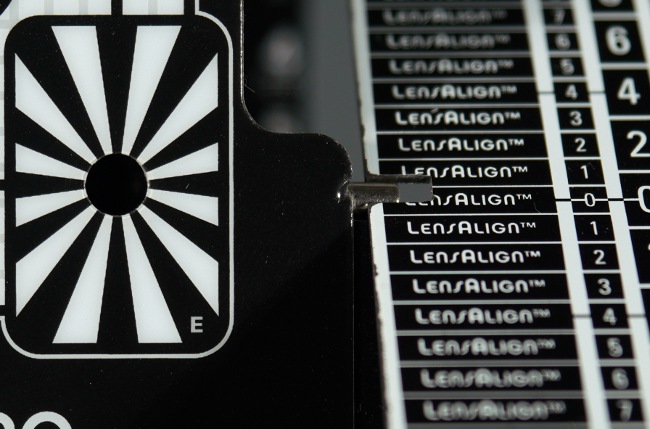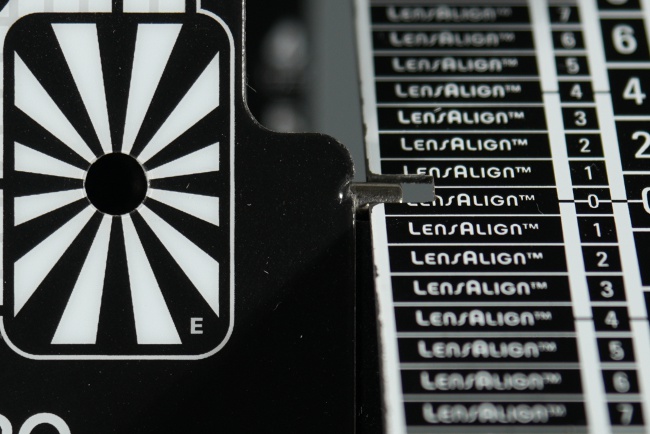Sony FE 16-35 mm f/2.8 GM II
10. Autofocus and focus breathing
Autofocus
The autofocus of the Sony FE 16-35 mm f/2.8 GM II is based on 4 linear XD motors. They ensure you a fast, noiseless performance and we found out that much while attaching the lens to such cameras as the Sony A7R III and the Sony A7R V. Although the launches of both models are a few years apart we didn't notice any significant differences in their performance – in both cases it was really quick and silent. In case of the A7R III running through the whole distance range and confirming the focus never takes longer than 0.3-0.4 of a second. In case of the A7R V this time can even be shortened to 0.2-0.3 of a second. Both results are splendid, allowing us to assess the tested lens very highly in this category.When it comes to the accuracy of the autofocus it was very good, but not flawless. There were some misses but, fortunately, their number didn't exceed 2-3% of all shots.
We didn't notice any front or back focus tendency for a change. Even taking a photo at the maximum relative aperture and from the closest distance possible, the proper object was always close to the very centre of DOF.
Please Support UsIf you enjoy our reviews and articles, and you want us to continue our work please, support our website by donating through PayPal. The funds are going to be used for paying our editorial team, renting servers, and equipping our testing studio; only that way we will be able to continue providing you interesting content for free. |
- - - - - - - - - - - - - - - - - - - - - - - - - - - - - - - - - - - - - - - - - - - - - - - -
| A7R III, 35 mm, f/2.8 |
 |
| A7R V, 35 mm, f/2.8 |
 |
Focus breathing
Focus breathing tests show refraiming images as you oversharp them. We conduct them by manually passing from the minimum focusing ditance to infinity with the aperture stopped down; then we check how the field of view of the lens changed as a result.After conducting a handful of tests now we can create a certain reference scale. A change of the frame ranging from 0 to 5% we consider to be low. Between 5 and 10% we can speak about a medium level. Usually these are also maximum values compensation algorithms, present in some bodies, can effectively deal with. A high level constitute results between 10 and 15%, more than 15% means a very high level.
The test video of the new Sony lens is presented below:






